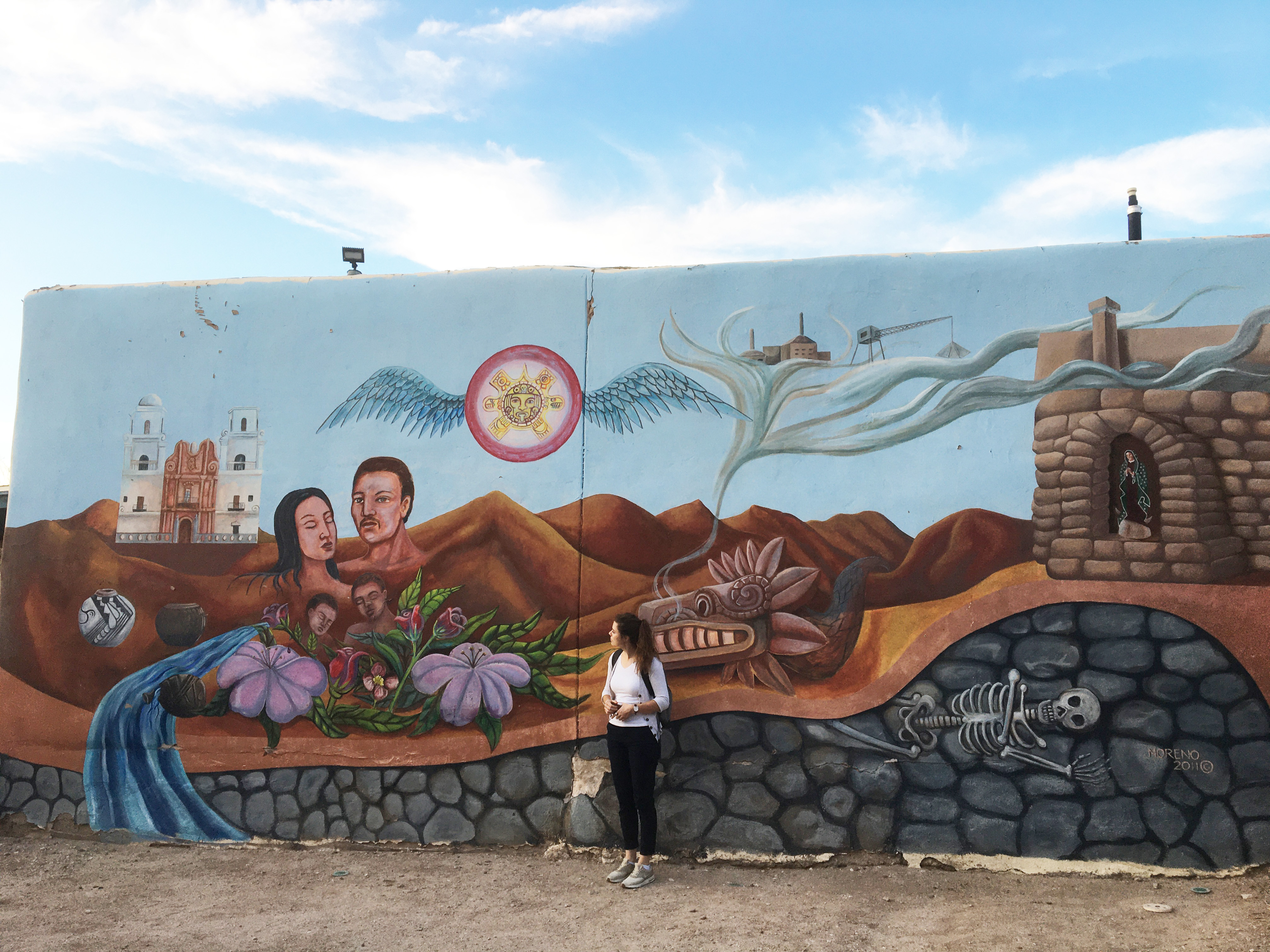My mobility phase as an EUmanities Fellow at the University of Arizona in Tucson, USA, came along with a surprising coincidence I did not anticipate: During my stay in Southern Arizona, I came across my dissertation topic in many different forms and varieties, even outside of my host institution, the Department of German Studies where I worked with Asst. Prof. Dr. Joela Jacobs, founder of the Literary & Cultural Plant Studies Network. Being a plant studies scholar, I am especially interested in literature and art that displays human-plant entanglements and hybridizations. It turned out that the local art scene in Tucson does not only display local sights and legends, but also the broad range of vegetal life that can be found in the arid regions of Southern Arizona. Local artists and artisans use the cacti, agaves, desert bushes, and other prickly plant material as motifs in their art or as their work material, e.g., in the local cuisine or as ingredients of beauty products. I was especially intrigued by the many large-size murals that can be found all over the city. These murals often depict the local flora and bring it together with human figures or body parts, hence figuring a specific meaning of belonging that is strongly connected with the local environment and associated with the desert’s peculiar vegetality. In my guest post “Vegetal Descent and Cacti Offspring in Arizona Local Art” for Solvejg Nitzke’s blog “Ecological Imaginaries. Relationships, Storytelling and Poetics” I engaged with this facet of Tucsonan local art. Mixing the genre of travel report and scientific writing at the intersection of botany and humanities, I also want to shed some light on the developing field of plant studies.



